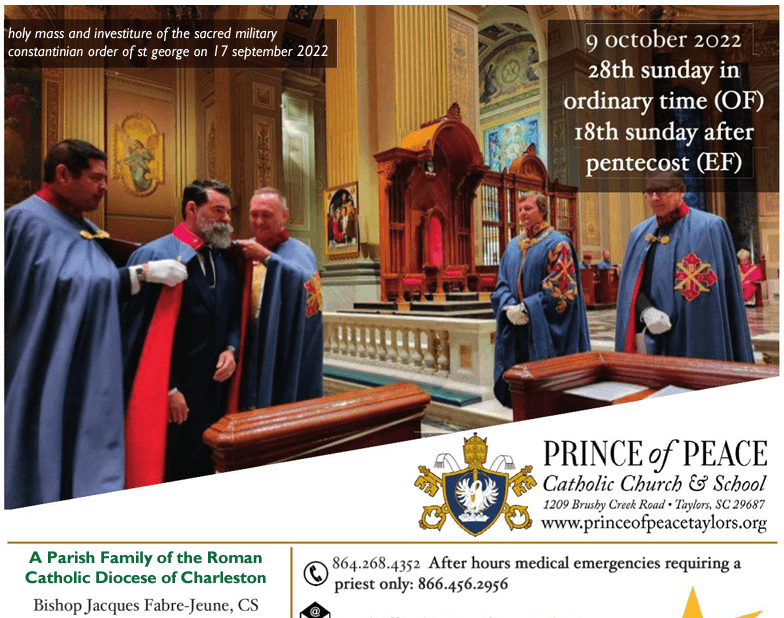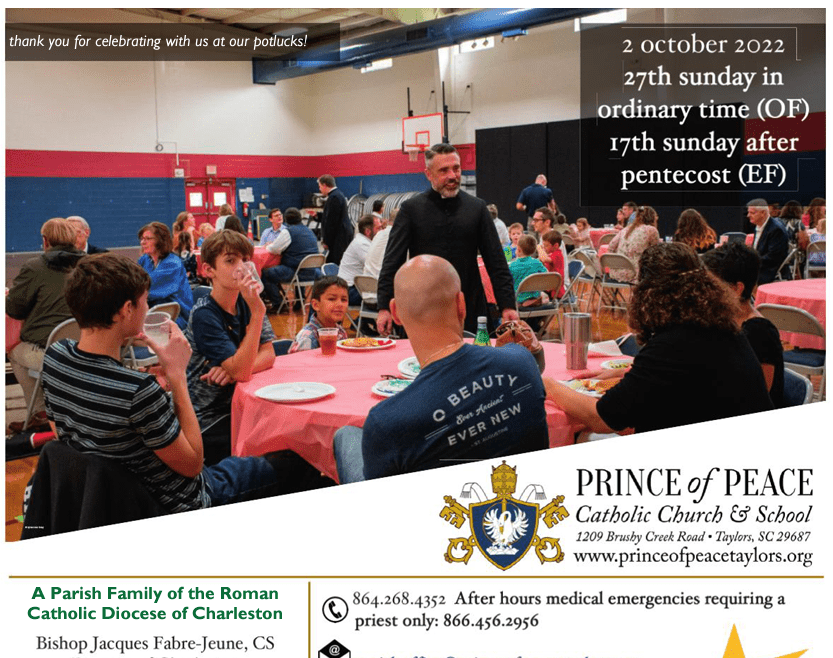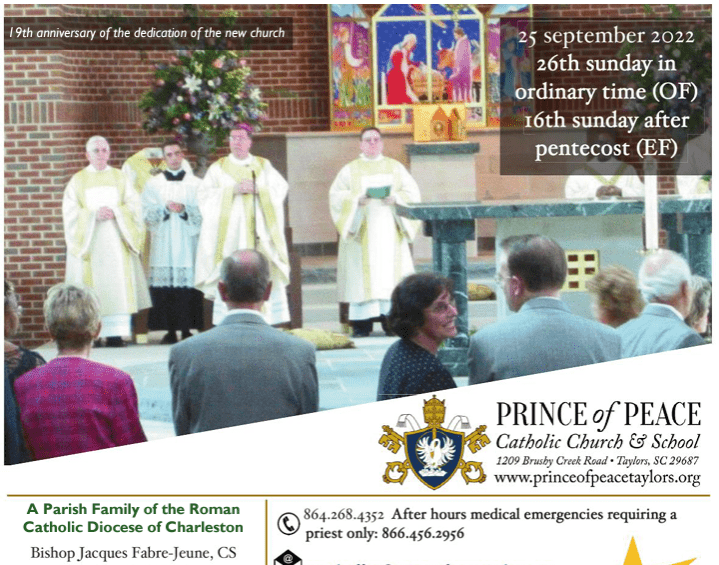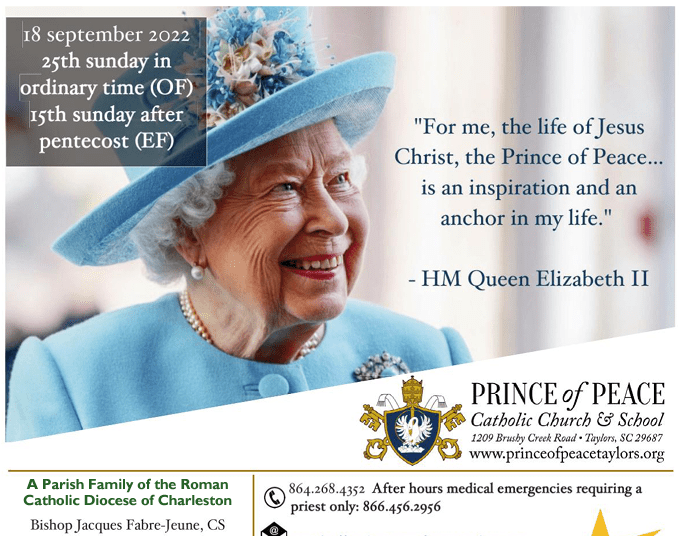
9 October 2022 Bulletin
Click to read this week’s bulletin: 9 October 2022 Bulletin

Click to read this week’s bulletin: 9 October 2022 Bulletin

Click to read this weekend’s bulletin: 2 October 2022 Bulletin

Click to read this weekend’s bulletin: 25 September 2022 Bulletin

This fall we will be participating in Box of Joy, a Christmas gift ministry organized by local Catholic schools, parishes and groups nationwide. By packing Boxes of Joy with toys and other gifts, our parish family will bless children suffering from extreme poverty by sharing the joy of Christmas and planting seeds of hope through the Gospel. We encourage every student and parishioner to pack a Box of Joy!
This year, we have set a goal to bless 150 impoverished children!
Materials are available now! To reserve a box please email: maria.barontini@
There is a small cost to transport each Box of Joy from our community to the receiving child (please write the $9 check to Cross Catholic Outreach, not the school or parish). No cash accepted and all envelopes with shipping payment need to handed to Maria Barontini NOT placed inside the box as in previous years. Boxes will be collected starting 23 October-4 November. Please turn in boxes no later than 4 November.
Please turn your boxes into Maria Barontini in the parish office. For more information check out boxofjoy.org

Click to read this weekend’s bulletin: 18 September 2022 Bulletin
Recent Comments